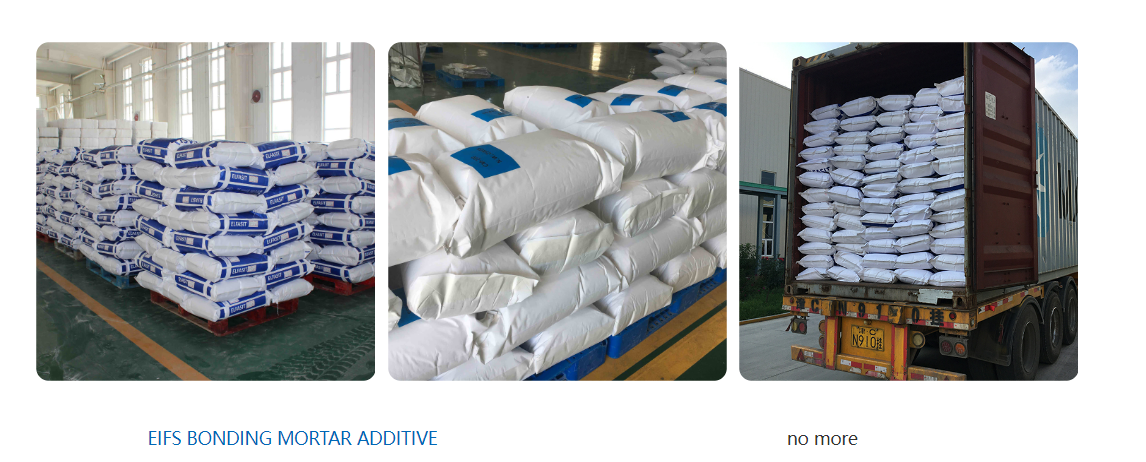
नोव्हेंबर . 12, 2024 06:11 Back to list
hpmc for tile adhesive
Understanding HPMC for Tile Adhesives
Hydroxypropyl Methylcellulose (HPMC) is a widely used cellulose ether that plays a vital role in construction materials, particularly in tile adhesives. This non-ionic, water-soluble polymer is derived from natural cellulose and modified with hydroxypropyl and methyl groups, enhancing its performance attributes. As the construction industry continues to evolve, the demand for high-quality tile adhesives has surged, making HPMC an essential component in achieving superior results.
What is HPMC?
HPMC is a versatile ingredient that serves multiple purposes in tile adhesives. Its unique properties include excellent water retention, superior adhesion, and improved workability. These characteristics make it an ideal choice for modern construction applications, particularly in environments where durability and performance are paramount.
Key Properties of HPMC
1. Water Retention One of the standout features of HPMC is its ability to retain water. When mixed into tile adhesives, it prevents the rapid evaporation of water from the mixture. This property is crucial for maintaining moisture during the curing process, allowing the adhesive to set properly and ensuring a strong bond between the tile and substrate.
2. Thickening Agent HPMC acts as a thickening agent, improving the viscosity of tile adhesives. This property enhances the consistency of the adhesive, making it easier to apply without slippage, especially on vertical surfaces.
3. Adhesion and Cohesion The incorporation of HPMC significantly improves the adhesive and cohesive properties of tile adhesives. This ensures that tiles remain firmly bonded to various substrates, including concrete, cement board, and plaster.
4. Open Time HPMC contributes to an extended open time, allowing installers more flexibility to work with the adhesive before it sets. This is particularly important in tile installation, where precise positioning is critical to achieving a professional finish.
hpmc for tile adhesive

5. Resistance to Heat and Ageing Tile adhesives containing HPMC demonstrate improved resistance to heat and environmental degradation. This feature enhances the longevity of the installation, making it suitable for various applications, including areas with fluctuating temperatures and humidity levels.
Applications of HPMC in Tile Adhesives
HPMC is increasingly popular in different types of tile adhesive formulations, including polymer-modified thin-set mortars, thick-bed mortars, and quick-setting adhesives. Its adaptability allows it to be used in both interior and exterior applications, ranging from residential projects to commercial installations.
In high-performance tile adhesives, HPMC is often combined with other polymers or additives to enhance specific performance characteristics. For example, modifying HPMC with hydrophobic agents can improve water resistance, making the adhesive suitable for wet areas such as bathrooms and swimming pools.
Environmental Considerations
As sustainability becomes an essential factor in construction, HPMC represents an environmentally friendly choice. Being derived from natural cellulose, HPMC is biodegradable and reduces the ecological footprint of construction materials. Furthermore, its efficiency means less material is required for effective adhesion, contributing to reduced waste.
Conclusion
In conclusion, HPMC has established itself as a fundamental ingredient in tile adhesives, thanks to its unmatched properties and versatility. From enhancing water retention and adhesion to prolonging open time and improving overall performance, HPMC is indispensable in modern tiling applications. As the construction industry continues to prioritize quality, sustainability, and durability, HPMC's role in tile adhesives is set to become even more significant, ensuring lasting and reliable installations that meet the demands of today and the future.
-
Unlocking the Benefits of HPMC Products: A Gateway to Versatile Applications
NewsAug.07,2025
-
Unleashing the Potential of HPMC Ashland: A Comprehensive Look
NewsAug.07,2025
-
Tile Bonding Cellulose: The Key to Superior Adhesion and Durability
NewsAug.07,2025
-
Hydroxypropyl Methylcellulose Powder: The Versatile Component in Modern Pharmaceuticals
NewsAug.07,2025
-
Hydroxyethyl Cellulose: The Versatile Solution for Various Industries
NewsAug.07,2025
-
Hydroxyethyl Cellulose (HEC): The Versatile Polymer for Various Applications
NewsAug.07,2025







